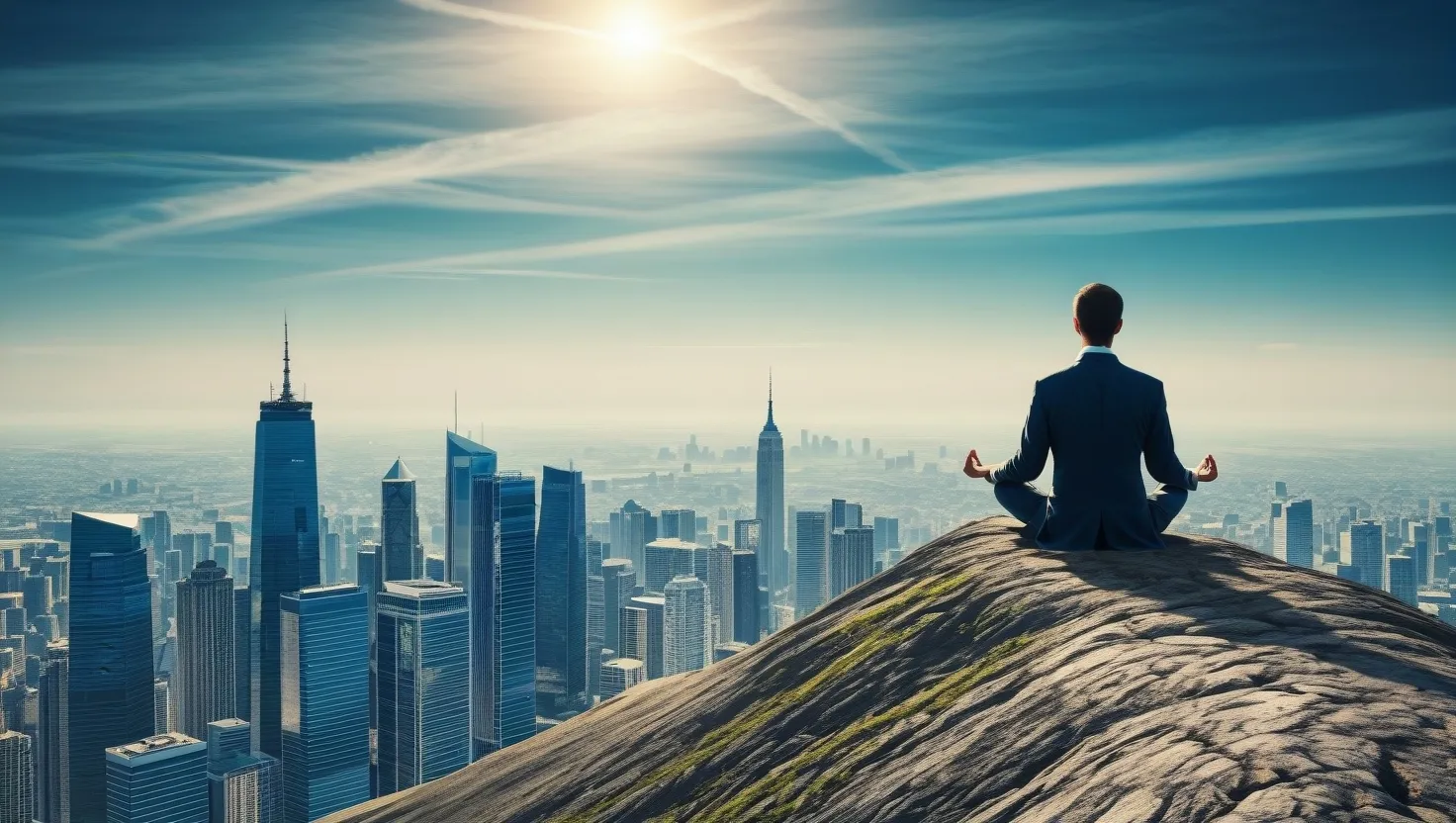Value Investing in Market Leaders: 5 Time-Tested Principles for Long-Term Growth
Learn proven value investing strategies for market leaders. Discover how to evaluate competitive advantages, financial strength, and growth potential in established companies. Expert insights for long-term investors.

Value Investing in Platform Companies: How to Evaluate Digital Business Models in 2024
Learn value investing strategies for platform businesses. Discover key metrics beyond P/E ratios, evaluate network effects, and find hidden value in digital marketplaces. Expert insights for modern investors. Read now.

How Value Investors Can Master R&D Company Analysis: Expert Guide 2024
Learn proven strategies for investing in R&D-focused companies. Discover how to evaluate research pipelines, assess management effectiveness, and identify promising opportunities in tech and biotech sectors. Start making smarter investment decisions today.

Value Investing: 4 Strategies to Find Turnaround Stocks at Bargain Prices
Discover proven strategies for value investing in declining industry leaders. Learn to evaluate cash flow, balance sheets, management tactics, and turnaround catalysts. Master the art of finding hidden value. Read now.

Asset-Light Value Investing: Maximizing Returns in the Digital Economy
Discover how value investing in asset-light businesses can unlock growth potential. Learn strategies for evaluating network effects, recurring revenue, and scalability. Maximize returns in the modern economy.

Mastering Cyclical Commodities: A Value Investor's Guide to Long-Term Profits
Discover how to apply value investing principles to cyclical commodities. Learn strategies for analyzing trends, evaluating producers, and managing risk in volatile markets. Invest smarter today.

Leveraging Economic Moats: Value Investing in Niche Markets for Superior Returns
Discover how economic moats in niche markets can lead to outsized returns. Learn to identify dominant companies with sustainable advantages for value investing success. Click to unlock hidden gems.

Unlocking Value: How to Assess Management Quality for Smarter Investing
Discover how to evaluate company management for value investing. Learn key factors like capital allocation, compensation, and adaptability to make informed investment decisions.

Value Investing: Identifying Acquisition Targets for Maximum Returns
Discover how to identify potential acquisition targets as a value investor. Learn to blend financial analysis with market trends for smarter investments. Click to unlock strategies.

Valuing Intangible Assets: A Guide for Modern Value Investors
Discover how to value intangible assets in modern investing. Learn strategies for evaluating IP, brand equity, and proprietary data to uncover hidden value in today's businesses. #ValueInvesting

Value Investing in a Bubble: Protecting Your Portfolio and Finding Opportunities
Discover value investing strategies for market bubbles. Learn to protect your portfolio, find hidden opportunities, and maintain discipline. Expert tips for smart investing.

Uncovering Hidden Value: A Guide to Financial Sector Investing
Discover strategies for value investing in the financial sector. Learn to analyze ratios, evaluate portfolios, and assess regulatory impacts to uncover undervalued gems. Start your journey today.

Value Investing in Capital-Intensive Industries: 7 Key Strategies for High Returns
Discover strategies for value investing in capital-intensive industries. Learn to assess ROIC, balance sheets, and management to uncover hidden gems. Maximize returns in manufacturing and utilities.
